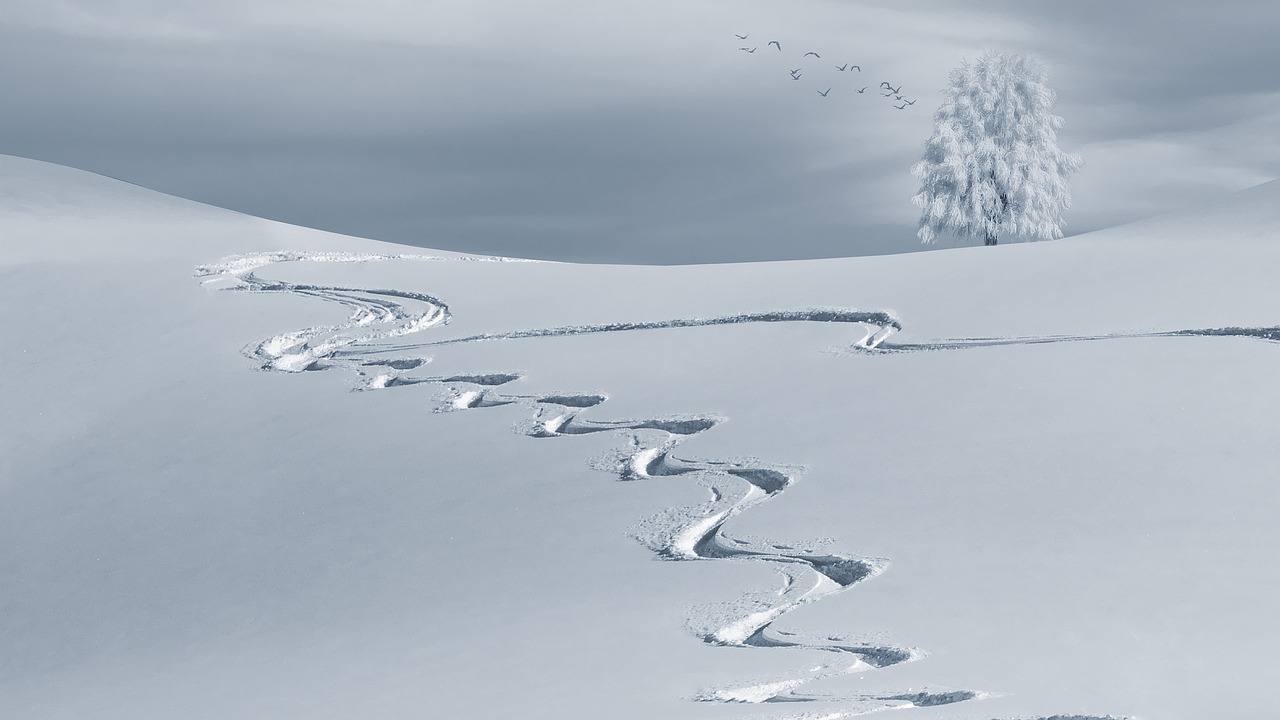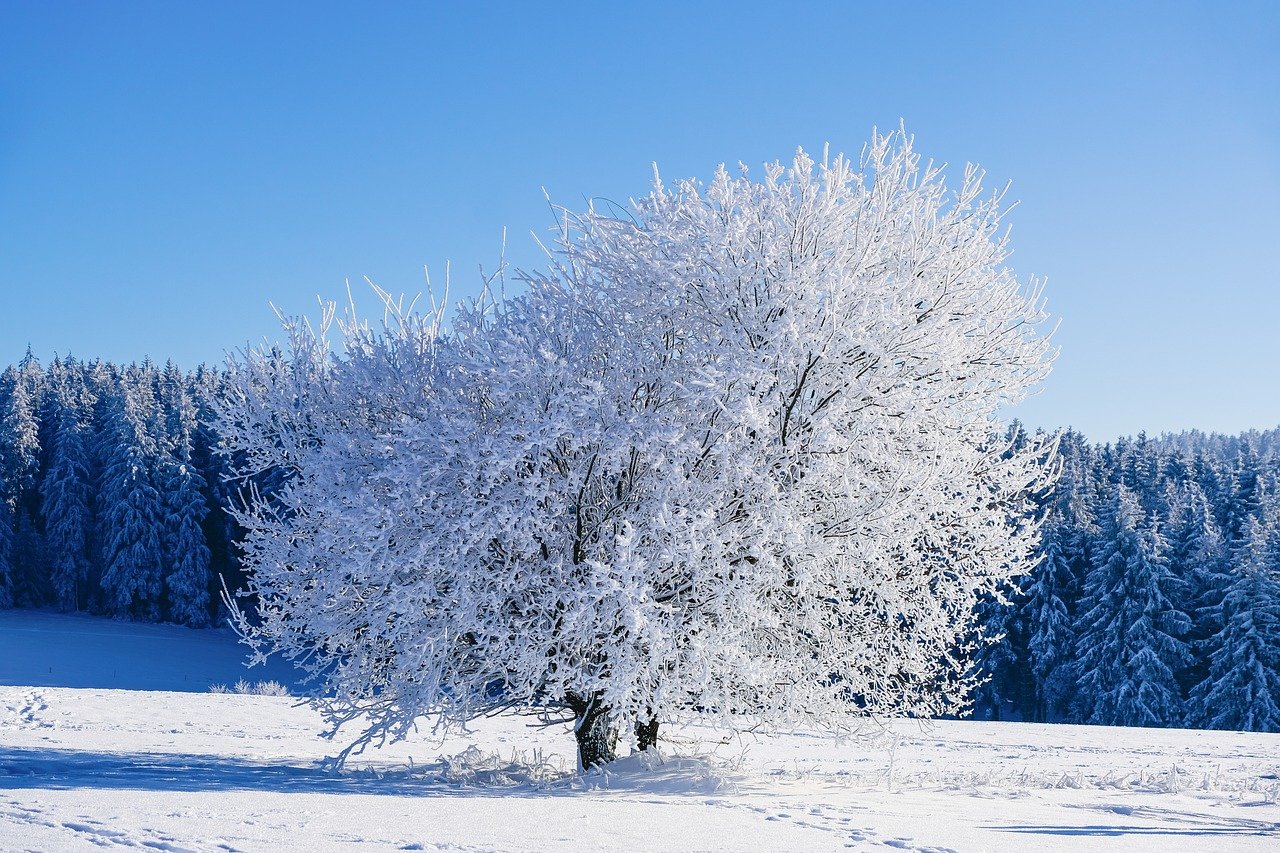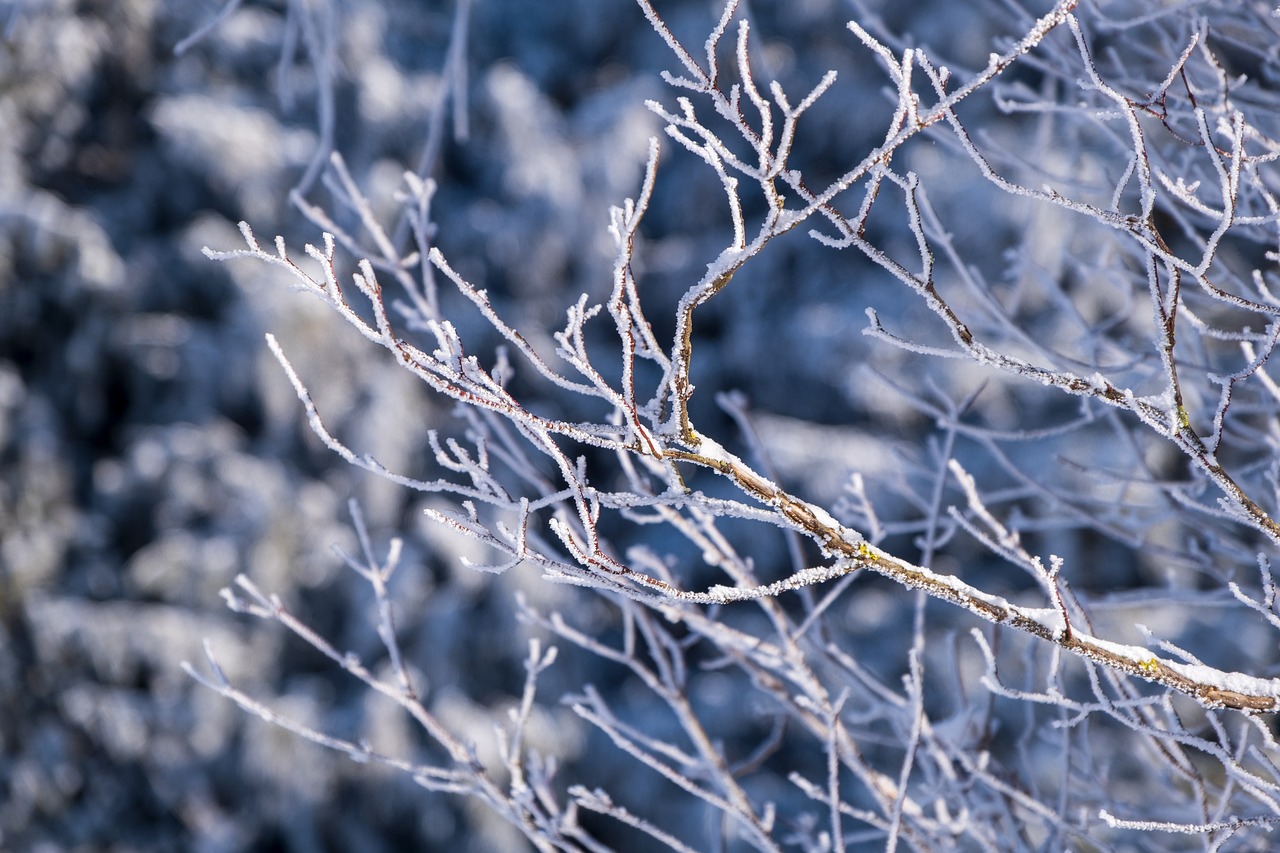Imagine waking up to a winter wonderland, with fresh snow coating your surroundings. While it may seem enchanting, the reality of shoveling and clearing snow can quickly dampen the magic. That’s where snow blowers come in. These powerful machines are designed to effortlessly clear pathways, driveways, and walkways, saving you time and energy. With a variety of options available, from compact models for smaller spaces to heavy-duty ones for tackling larger areas, snow blowers are your ultimate winter companion. Say goodbye to backbreaking shoveling and embrace the ease and convenience of a snow blower.

Types of Snow Blowers
Single-Stage Snow Blowers
Single-stage snow blowers are ideal for light snowfall and smaller areas. They use a single auger to both scoop up and propel the snow out of the chute. These types of snow blowers are usually lighter and more compact, making them easy to maneuver and store. However, they may struggle with heavy or wet snow and are not recommended for areas with gravel driveways.
Two-Stage Snow Blowers
Two-stage snow blowers are more powerful and efficient than single-stage models. They feature an auger that scoops up the snow and a separate impeller that propels it out of the chute. These snow blowers can handle heavier snowfall and are suitable for larger areas. They often come with additional features like adjustable skid shoes and multiple speed settings.
Three-Stage Snow Blowers
Three-stage snow blowers are the most heavy-duty option available. They have an additional accelerator that breaks apart icy chunks and propels the snow even farther. These snow blowers are well-suited for large areas, heavy snowfall, and challenging terrain. They often come with extra features like power steering for improved maneuverability.
Features to Consider
Clearing Width
The clearing width refers to the width of the path that the snow blower can clear in a single pass. A wider clearing width means fewer passes are needed to clear your driveway or walkway. Consider the size of the area you need to clear and choose a snow blower with an appropriate clearing width.
Engine Power
Engine power determines how effectively the snow blower can handle different types of snow. Higher engine power is needed for heavy, wet snow. Consider the typical snow conditions in your area and choose a snow blower with sufficient engine power to get the job done.
Electric Start
An electric start feature allows you to easily start the snow blower with the push of a button, eliminating the need for manual pulling of a starter cord. This feature is especially convenient in cold weather when starting the snow blower can be more challenging.
Auger Design
The auger is the component that scoops up the snow in the snow blower. Look for a snow blower with a durable auger made of sturdy materials like steel. Some augers are designed to break up icy chunks, while others may have serrated edges for improved snow-clearing performance.
Clearing Depth
The clearing depth refers to how deeply the snow blower can clear the snow. Consider the typical snowfall in your area and choose a snow blower with a clearing depth that matches your needs. Keep in mind that some snow blowers have adjustable clearing depths, allowing you to customize the depth based on the current snow conditions.
Drive System
The drive system determines how the snow blower moves forward. Some snow blowers have a self-propelled drive system, which makes them easier to maneuver. Others may require manual pushing or pulling. Consider your physical capabilities and the terrain you need to navigate when choosing a snow blower with the appropriate drive system.
Chute Control
Chute control allows you to adjust the direction in which the snow is expelled. Look for a snow blower with easy-to-use chute control that allows you to quickly and accurately direct the snow where you want it to go. Some snow blowers may also have a remote-controlled chute rotation feature, further enhancing convenience.
Speed Settings
Snow blowers with multiple speed settings offer more versatility and control. Lower speed settings are ideal for clearing lighter snow, while higher speed settings are needed for heavier snowfall. Consider your typical snow conditions and choose a snow blower with speed settings that suit your needs.
Headlight
A built-in headlight can be a valuable feature, especially if you often find yourself clearing snow in low-light conditions or during the early morning or evening. The headlight helps improve visibility and ensures safe operation of the snow blower.
Warranty
When investing in a snow blower, it’s important to consider the warranty offered by the manufacturer. A longer warranty period provides peace of mind and indicates the manufacturer’s confidence in the product’s quality. Be sure to read and understand the warranty information before making a purchase.

Benefits of Using Snow Blowers
Efficiency
One of the biggest benefits of using a snow blower is its efficiency in clearing snow. These machines are specifically designed to make snow removal faster and easier. With their powerful engines and effective snow-clearing mechanisms, you can clear large areas of snow in a fraction of the time it would take using manual methods like shoveling.
Time Savings
Snow blowers greatly reduce the time and effort required for snow removal. Instead of spending hours shoveling, a snow blower allows you to clear your driveway, walkways, and other areas quickly and efficiently. This means more time for other activities, such as spending time with your family, pursuing hobbies, or simply relaxing indoors.
Reduced Physical Strain
Shoveling snow can be physically demanding, especially for those with health conditions or limited strength and mobility. Snow blowers eliminate the need for heavy lifting and repetitive motions associated with shoveling. They do most of the work for you, reducing the strain on your body and minimizing the risk of injury or overexertion.
Versatility
Snow blowers can tackle different types of snow, from light flurries to heavy, wet snow. They are designed to work in various snow conditions, making them suitable for use throughout the winter season. This versatility ensures that you can rely on your snow blower to handle any snowfall that comes your way.
Clearing Large Areas
If you have a large driveway or a large property with multiple walkways, clearing the snow manually can be a daunting task. Snow blowers are designed to handle large areas efficiently and effectively. They can clear wide paths in a single pass, minimizing the time and effort needed to clear your entire property.
Factors to Consider When Choosing a Snow Blower
Snowfall Amount
The amount of snowfall in your area is a crucial factor to consider when choosing a snow blower. If you experience heavy snowfall or live in an area with frequent blizzards, you’ll need a more powerful and robust snow blower that can handle these conditions. On the other hand, if you typically experience light snowfall, a smaller and less powerful snow blower may suffice.
Type of Snow
Consider the type of snow you typically encounter in your area. Wet, heavy snow can be more challenging to clear and may require a more powerful snow blower. Light, fluffy snow is easier to handle and may not require as much power. Knowing the consistency of the snow will help you choose a snow blower best suited for the job.
Terrain and Driveway Size
The size and terrain of your driveway and other areas you need to clear play a significant role in determining the right snow blower for your needs. If you have a large, long, or sloped driveway, you’ll need a snow blower with more power and maneuverability. Consider the width and length of your walkways as well, as this will affect the clearing width you require.
Budget
Your budget is an important consideration when choosing a snow blower. Snow blowers come in a range of prices, so it’s essential to set a budget and stick to it. Determine how much you are willing to spend and look for snow blowers that offer the features and specifications you need within that price range.
Storage Space
Snow blowers can be bulky and take up a significant amount of storage space. Consider the space you have available in your garage or shed for storing the snow blower when it’s not in use. If storage space is limited, you may want to choose a more compact or foldable snow blower that can be easily stored in a smaller area.

Maintenance Tips for Snow Blowers
Regular Cleaning
Regular cleaning is essential to keep your snow blower in optimal condition. After each use, remove any snow or debris that may have accumulated on the machine. Be sure to clean the chute, auger, and other moving parts, ensuring that they are free from obstructions. Cleaning your snow blower regularly prevents buildup that can hinder performance and potentially cause damage.
Oil Changes
Just like any other engine-powered machine, snow blowers require regular oil changes to maintain proper functioning. Refer to the manufacturer’s guidelines to determine the recommended oil change interval. Changing the oil regularly helps prolong the life of the engine and ensures smooth operation.
Spark Plug Inspection
Inspect and clean the spark plug of your snow blower regularly. Over time, the spark plug can become dirty or fouled, which can lead to starting issues or poor performance. Cleaning or replacing the spark plug when necessary will help maintain efficient combustion and smooth operation of the snow blower.
Belt and Auger Maintenance
Check the condition of the belts and auger regularly to ensure they are in good working order. Over time, belts can wear out or become loose, and augers may show signs of wear and tear. Adjust or replace these components as needed to ensure optimal performance and prevent costly repairs.
Fuel Stabilization
If you store your snow blower for an extended period, it’s essential to add a fuel stabilizer to the gas tank. Fuel stabilizers help prevent the fuel from breaking down and prolong the shelf life of the gasoline. This step is particularly crucial if you don’t plan on using the snow blower for several weeks or months.
Annual Servicing
Consider having your snow blower professionally serviced once a year, preferably before the winter season begins. Professional servicing ensures that all components are in proper working condition and helps identify any potential issues that require attention. Regular servicing can extend the lifespan of your snow blower and prevent unexpected breakdowns.
Tips for Safe Snow Blower Usage
Read the Manual
Before operating your snow blower, carefully read and understand the manufacturer’s manual. The manual provides important safety information and instructions on proper use and maintenance. Familiarize yourself with the specific features and controls of your snow blower to ensure safe and efficient operation.
Wear Protective Gear
When using a snow blower, it’s essential to protect yourself from potential hazards. Wear appropriate protective gear, including safety glasses or goggles to protect your eyes from flying debris, gloves to keep your hands warm and protected, and sturdy footwear with good traction to prevent slips and falls on slippery surfaces.
Clear the Area
Before starting your snow blower, remove any obstacles, debris, or small objects that may be in the path of the machine. Clearing the area helps minimize the risk of the snow blower picking up and propelling objects that could cause damage or injury.
Avoid Overloading
While snow blowers are designed to handle snow, it’s important not to overload them. Clear the snow in layers rather than attempting to remove large piles in a single pass. Overloading the snow blower can strain the engine and other components, leading to reduced performance or potential damage.
Never Leave Unattended
Never leave your snow blower unattended while it is running. Always turn off the machine and wait for all moving parts to come to a complete stop before leaving it. This precaution ensures that no one accidentally comes into contact with the machine while it is in operation.
Proper Disposal of Snow
When using a snow blower, be mindful of where the expelled snow lands. Avoid blowing snow onto roads, sidewalks, or neighboring properties. Instead, aim the discharge chute in a direction that allows the snow to be safely and neatly deposited in a designated area on your property. This helps prevent accidents and ensures considerate snow removal.
Stay Aware of Surroundings
When operating your snow blower, stay aware of your surroundings and watch for obstacles or hazards. Be cautious of other people, pets, or vehicles that may be nearby. Visibility may be limited during heavy snowfall, so take extra precautions to ensure safety and prevent accidents.
Keep Children and Pets Away
Keep children and pets at a safe distance when operating your snow blower. The moving parts and debris expelled by the machine can be hazardous, and it’s important to ensure their safety by keeping them away from the immediate area of operation.
Popular Snow Blower Brands
Toro
Toro is a reputable brand known for manufacturing high-quality snow blowers. They offer a wide range of models to suit different needs and budgets. Toro snow blowers are known for their durability, efficiency, and ease of use. They often come with innovative features to enhance performance and user convenience.
Honda
Honda is another well-respected brand that produces reliable snow blowers. Known for their powerful engines and exceptional performance, Honda snow blowers are favored by many homeowners and professionals alike. They are designed with precision and attention to detail, ensuring that they can handle even the toughest snow clearing tasks.
Ariens
Ariens is a trusted brand with a long history of producing top-notch snow blowers. They offer a variety of models, from compact single-stage blowers to heavy-duty three-stage blowers. Ariens snow blowers are known for their robust construction, powerful engines, and ability to handle challenging snow conditions.
Cub Cadet
Cub Cadet is a reputable brand that manufactures a wide range of outdoor power equipment, including snow blowers. Their snow blowers are known for their durability, performance, and user-friendly features. Cub Cadet offers various models catering to different snowfall amounts and property sizes.
Husqvarna
Husqvarna is a well-known brand with a strong reputation for producing high-quality equipment, including snow blowers. Their snow blowers are designed for efficiency and durability. With powerful engines and advanced features, Husqvarna snow blowers make snow removal tasks easier and more manageable.
Snow Joe
Snow Joe offers a range of affordable and reliable snow blowers suitable for residential use. Their snow blowers are known for their compact size, ease of use, and maneuverability. Snow Joe focuses on delivering efficient snow removal solutions that are accessible to a wide range of users.
Snow Blower Accessories
Snow Cab
A snow cab is an accessory that attaches to your snow blower and creates a protective enclosure for the operator. It helps shield you from wind, snow, and cold temperatures, allowing you to work more comfortably during harsh weather conditions.
Snow Chains
Snow chains are designed to improve traction of the snow blower on slippery surfaces. They fit around the tires of the snow blower and provide enhanced grip, reducing the risk of slipping and sliding. Snow chains are particularly useful in hilly or icy areas.
Snow Blower Cover
A snow blower cover helps protect your snow blower from the elements when it’s not in use. It prevents snow, rain, and debris from accumulating on the machine, keeping it clean and in good condition. A cover also helps prolong the lifespan of your snow blower by shielding it from UV rays and preventing rust.
Skid Shoes
Skid shoes are attachments that can be added to the bottom of your snow blower. They raise the clearance between the auger housing and the ground, preventing damage to the surface you’re clearing. Skid shoes are particularly useful for areas with uneven terrain or gravel driveways.
Drift Cutter
A drift cutter is a blade attachment that can be installed on the sides of the auger housing. It helps to remove deep snow drifts by cutting through them and funneling the snow into the auger for clearing. Drift cutters are especially handy in areas prone to heavy snow buildup.
Snow Blower Mat
A snow blower mat is a protective pad that you place under your snow blower. It helps protect your garage or shed floor from scratches, oil spills, and melted snow. The mat also offers a non-slip surface for your snow blower, ensuring stability during operation.
Snow Blower Clean-out Tool
A clean-out tool is a specialized tool designed to remove packed snow and ice from the auger and chute of your snow blower. It helps prevent clogs and keeps the snow blower running smoothly. Regularly using a clean-out tool will ensure optimal performance and reduce the risk of damage to your machine.
Pros and Cons of Snow Blowers
Pros of Snow Blowers
- Efficient and fast snow removal
- Suitable for various types of snow
- Reduce physical strain and effort
- Can clear large areas quickly
- Available in different sizes and power options to suit individual needs
- Improved traction and maneuverability compared to manual methods
- Many models come with advanced features for enhanced performance
Cons of Snow Blowers
- Initial cost can be higher compared to manual methods
- Require maintenance and occasional servicing
- Need fuel and may produce emissions
- Can be bulky and require storage space
- May not be suitable for all types of terrain or driveways
- Noise levels may be higher compared to other snow-clearing methods
Choosing the Right Snow Blower for Your Needs
Assessing Your Snow Removal Needs
Before purchasing a snow blower, it’s important to assess your snow removal needs. Consider the size of the area you need to clear, the typical snowfall in your area, and the type of snow you usually encounter. This information will help you determine the power, size, and features you require in a snow blower.
Consider Your Budget
Determine your budget for a snow blower, taking into account both the initial cost and ongoing maintenance expenses. Set a realistic budget that aligns with your needs and prioritize features that are essential to you. Remember that a reliable and durable snow blower is an investment that will save you time and effort in the long run.
Research Different Brands and Models
Do your research and compare different brands and models of snow blowers. Look for reviews, ratings, and customer feedback to gain insights into the performance, reliability, and user satisfaction of various snow blowers. Consider factors like brand reputation, warranty terms, and availability of parts and servicing.
Read Customer Reviews
Customer reviews can provide valuable insights into the performance and usability of specific snow blowers. Read a variety of reviews to get a comprehensive understanding of the strengths and weaknesses of different models. Look for common themes and consider how the pros and cons align with your specific needs and priorities.
Evaluate Warranty and Customer Support
When making a significant purchase like a snow blower, it’s essential to consider the warranty and customer support offered by the manufacturer. Look for a snow blower with a comprehensive warranty that covers both parts and labor. Prioritize manufacturers with a reputation for responsive customer support and a reliable service network.
By considering these factors and doing thorough research, you can choose the right snow blower that meets your specific snow removal needs, budget, and preferences. A well-chosen snow blower will help you efficiently and effectively clear snow, making winter maintenance a breeze.

